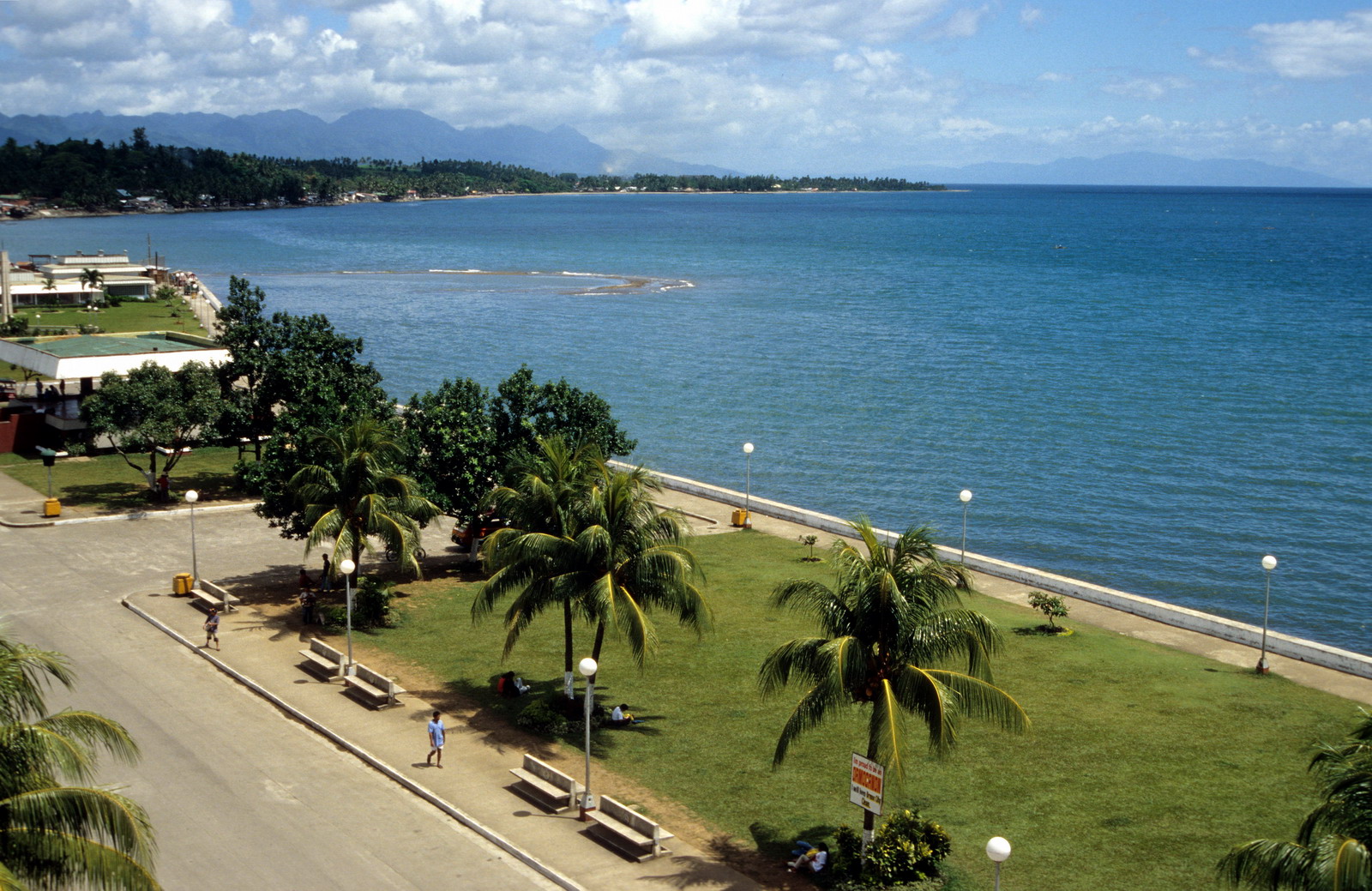By David Jacobson and Volkan Sevilgen Temblor
See earthquakes in the Philippines

Last Thursday (July 6), there was a M=6.5 earthquake on the island of Leyte in the Philippines. That earthquake resulted in two fatalities, 349 injuries, and over 1,700 partially to severely-damaged homes, according to the National Disaster Risk Reduction and Management Council (NDRRMC). We blogged about that quake, and that article can be found here. Now, at 9:41 a.m. local time today (July 10), a M=5.9 aftershock shook the region, approximately 20 km southeast of the mainshock’s epicenter. While the country expects to see some damage from this aftershock, none has been reported so far.

The M=6.5 mainshock last Thursday occurred on the highly-active Philippine Fault, which extends for 1,200 km throughout the entire Philippine archipelago. This left-lateral strike-slip structure has been responsible for numerous, large, damaging historic earthquakes. While there is no focal mechanism from today’s earthquake, based on its location and depth (12.7 km) it too likely occurred on the Philippine Fault. This is assuming that the fault in this location dips at a similar angle (73°) to how it does at the location of the mainshock.
Based on coulomb stress modeling, which can be seen below, the M=6.5 earthquake which struck last Thursday resulted in increased stress in the city of Ormoc, which is home to over 200,000 people. It should be stressed that the model below assumes a rupture length of approximately 18-20 km at a depth of 7 km roughly between the M=6.5 mainshock and M=5.9 aftershock. Therefore, the results should only be viewed as preliminary. Furthermore, it should be pointed out that we see no clear correlation between the aftershocks and the zones or increased and decreased stress. Nonetheless, these results highlight the lobes of increased stress, which are where large aftershocks could occur. Such results are important, especially when major cities lie in areas of increased hazard. Should any more large aftershocks occur, we will update this post.

References
USGS
European-Mediterranean Seismological Centre (EMSC)
Philippine Institute of Volcanology and Seismology (PHIVOLCS)
Global Earthquake and Volcanic Eruption Risk Management (G-EVER)
- Magnitude 7 Yukon-Alaska earthquake strikes on the recently discovered Connector Fault - December 8, 2025
- Upgrading Tsunami Warning Systems for Faster and More Accurate Alerts - September 26, 2025
- April 2025 magnitude 6.2 earthquake near Istanbul highlights strengths and weaknesses in seismic mitigation - September 14, 2025
